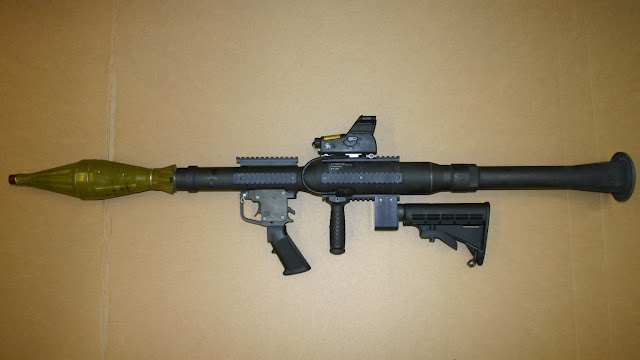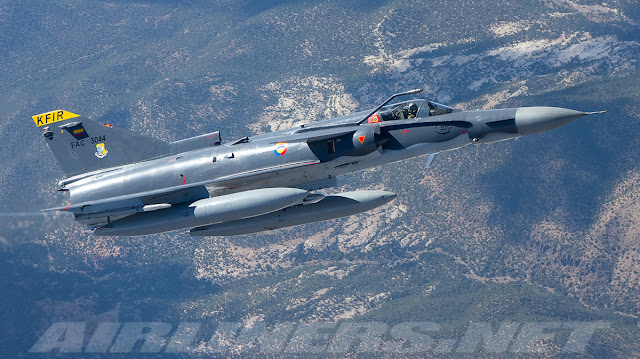 |
| An RPG-7USA. Photo courtesy of the X-Box Experts Blog |
So the Philippines finally goes over to the "Dark Side" and acquires the RPG-7s for its infantry soldiers to replace its M18 and M67 Recoilless Rifles.1 This is a very positive development indeed, as not only are we acquiring these more sophisticated equipment, we are also getting MORE of them. The Philippine Army (PA) currently has approximately 186 90mm M67 and 26 57mm M18 Recoilless Rifles,2 and in place of these the Army will acquire 400 RPG-7USA.
'Equipment Background'
"RPG-7" stands for "Ruchnoy Protivotankovye Granatomyot" in Russian which means "Hand-held, Anti-Tank Grenade Launcher". But personally I prefer the term, "Rocket-Propelled Grenade Launcher" to describe it as I feel it describes it better. The weapon consists of a reloadable launcher made of a steel tube which is mounted on the shoulder, and a projectile which is launched from the tube using a small gunpowder charge. Once the projectile has travelled 10 m away from the tube, the rocket motor ignites propelling the round faster and further up to 920 m before it self-destructs if it doesn't hit a target by then.








